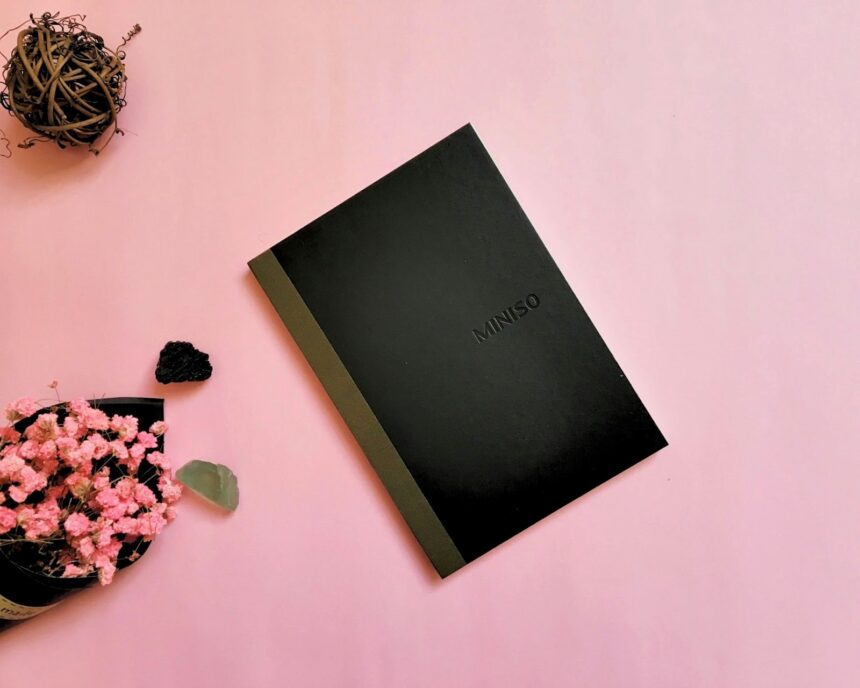Introduction
Working on white paper in the classroom is a common practice. For various lesson starters and observation drawing, we typically utilize white paper sketchbooks.
However, recently, we have been experimenting with creating final pieces on colored paper. We have utilized delicate hues of sugar papers and deep shades of mineral paper, but I have noticed that the darker colors, especially black, have been the most favored.
The black paper enhances the colors, making them look vibrant and intense. The empty spaces are not an issue and there is no need to fill them. Utilizing techniques like sgraffito can be highly impactful as the dark color is prominently displayed beneath. Using textured materials for printing produces a striking impression and colorful collage paper is also effective.
We have successfully completed several painting projects on black surfaces recently with various groups. Inspired by Picasso’s fish-themed ceramics on a plate, this project was created. The method of learning and painting was filled with joy and playfulness.
Why Should You Use Black Paper For Drawing?
The primary benefit of using black paper is that it offers strong contrast particularly in terms of value, making it the perfect gift. The importance of value lies in determining the darkness or lightness of a color.
High contrast occurs when a dark value is placed next to a light value. The difference in tones and colors helps our artwork stand out.
When we add lighter values to black paper, the contrast against the rich blacks gives a nice effect. If we were using white paper as our base, we would need to incorporate a significant amount of dark material to achieve a similar level of contrast or visual impact.

1: Making The Color Much Brighter
Another benefit of using black paper is that it makes colors appear brighter. Due to the huge difference in value, the colors we apply to the surface will inherently look more vibrant.
These colors may not be inherently brighter, but they will appear brighter due to the contrast. If you want your colors to be vibrant or eye-catching, black paper could be a great option.
2: Getting Richer Shadows
Besides, black paper can also help you achieve deep, rich shadows. At times, it can be challenging to make dark values in shadow areas when using traditional materials like graphite and charcoal on white paper.
These values that are darker are the ones that we observe in real life; those extremely dark, rich shadows. However, when we are working on black paper, we already have some of those shaded values present; making it simple to produce those authentic dark shadows.
3: Better And Quicker Drawing
The final benefit of working on black paper is that it might be quicker. When making a drawing or painting, strive to incorporate a wide spectrum of tones.
This implies that we might need to use a significant amount of dark material on white paper. This can clearly take up a lot of time. However, by using black paper, we are able to achieve a fully developed scene with a reduced amount of material on the surface.
Maybe we are dealing with a situation where there is little light or a high level of contrast. In such scenarios, only a minimal quantity of material on the surface is necessary.
When working on white paper, we still need to use a large amount of dark material to achieve the same effect; the opposite is not the case.
Drawing On A Black Paper: The Suggested Mediums
Colored pencils are very effective when used on black paper. Due to the color contrast previously mentioned, color pencils pop on black paper. Apart from this, you can also use the following to come up with better creations:
- Soft Pastels: Soft pastels are also a drawing medium that performs very well on black paper. Like colored pencils, soft pastels produce bold contrast, though they blend more effortlessly.
- Oil Pastels: Despite being called “pastels” like softer pastels, oil pastels are actually a separate medium altogether. Oil pastels are made with a binder that is oil-based and will not fully dry. They are dense and gooey rather than fragile and powdery like soft pastels. But they are also effective on black paper like the other mediums mentioned before.
- White Charcoal: True to its name, white charcoal is a dusty and powdery substance that closely resembles the classic black charcoal. Despite being labeled as “white charcoal,” this substance is not actually charcoal; rather, it is a synthetic pigmented material that mimics the properties of charcoal.
- White Ink: White ink is also suitable for use on black paper. Instead of applying traditional ink techniques such as hatching, cross-hatching, and stippling to the darker portions, you can use these methods on the highlighted and lighter sections.

The Final Say!
When was the most recent occasion that you made a drawing on black paper? Perhaps it is time to explore this fantastic canvas again or embark on a new artistic journey.
Black paper has its advantages as well as some disadvantages. It may not be suitable for every subject or every medium, but it could be suitable for your upcoming project.















